FIYAH, a literary magazine dedicated to Black Speculative Fiction, seemed to come out of nowhere at the beginning of 2017 with its premiere issue. But FIYAH has a deep history due to seeds planted well before the magazine was announced in September 2016.
FIYAH was birthed from the minds and effort of a collective of Black SFF readers, writers, and fans who all congregate in a vantablack subspace time coil we call the Niggerati Space Station (NSS). Its purpose is to allow Black SFF writers to share, discuss, vent, build, or what have you, on all things speculative fiction. It functions as an incubator of creativity, a safe space to dream our dreams of the Black beyond.
The original Niggerati was a salon in 1920s Harlem begun by a group of black intellectuals and artists who met regularly at the home of the novelist, editor, and critic Wallace Thurman. The group included the likes of the poet Langston Hughes and the writer Zora Neale Hurston. It was Hurston, in fact, who dubbed their meeting place Niggerati Manor, and their salon the Niggerati—an irreverent dig at the larger, usually white dominated, world of the downtown Literati. Niggerati Manor was also a challenge to the established black orthodoxy, which advocated art that promoted racial uplift in order to combat the rampant tide of anti-black racism and white supremacy of the age.
To combat both the marginalization of black writers in the mainstream literary world and the strictures placed on their art by promoters of racial uplift, Thurman began an experimental periodical in 1926 called FIRE!!

The first issue of FIRE!! included stories like Wallace’s “Cordelia the Crude,” about a teenage black girl who becomes a prostitute. Through the lens of a young aspiring artist, Richard Bruce Nugent’s “Smoke, Lilies and Jade” openly depicted black gay romance and sexual desire in 1920s Harlem. Zora Neale Hurston’s “Color Struck” used Black southern dialect and culture to explore sex across the color line and intraracial color consciousness. All of these stories attacked the prevailing idea of Black literature’s function while tackling topics central to several Black experiences that were considered taboo. Langston Hughes summed up the original FIRE!!’s purpose succinctly in a 1966 quote:
“And we set out to publish Fire, a Negro quarterly of the arts to èpater le bourgeois, to burn up a lot of the old, dead conventional Negro-white ideas of the past … into a realization of the existence of the younger Negro writers and artists, and provide us with an outlet for publication not available in the limited pages of the small Negro magazines then existing.”
The Niggerati Space Station was born out of a similar frustration: frustration at the limitations of existing spaces where Black SFF writers, readers, and fans congregated. Frustration at the SFF publishing industry—both short fiction markets and the larger publishing machine—for its marginalization of Black SFF writers. All of those disparate embers coalesced into a spark that caught flame, manifesting as FIYAH: A Magazine of Speculative Black Fiction.
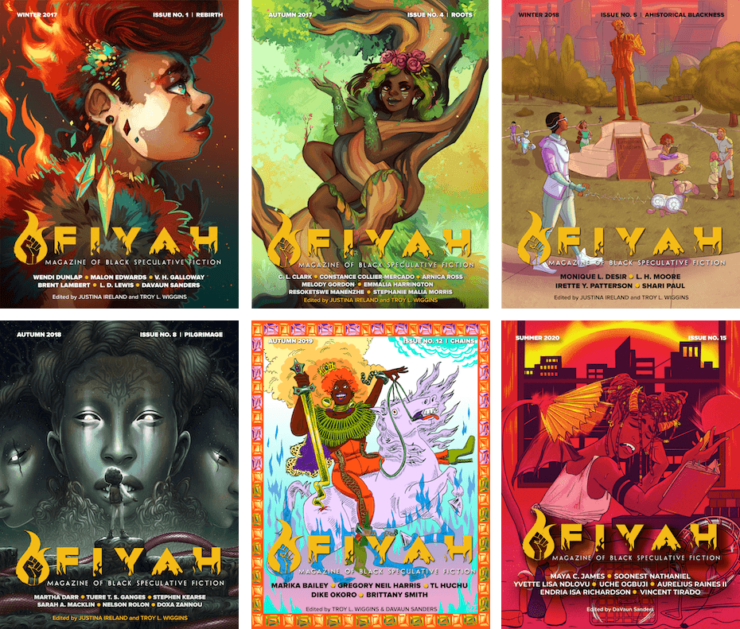
Like FIRE!! before it, FIYAH strives to build a vehicle that will once more èpater le bourgeois, burning up the old, the dead, and the conventional. It follows in the tradition of venerated, established creators of the Black fantastic while attempting to pave a new way. FIYAH’s goal is to publish speculative fiction that encompasses the multiplicities of black reality and existence, to challenge the status quo and to provide a place for Black writers to flourish and build their craft, all while telling the world that Black writers do exist. FIYAH is on the scene to proclaim that we are here, that we’ve always been here, and that we’re not going anywhere.
As editor Justina Ireland has stated, “This is the future of Black SFF. And the future ain’t gonna write itself.”
Find more about FIYAH Magazine, including back issues.
Originally published in February 2017.
P. Djeli Clark is a writer, historian, and sometimes blogger of wordy things. He can be found at his site and @pdjeliclark.
Troy L. Wiggins is a writer and the co-editor of Fiyah Magazine of Black Speculative Fiction. He blogs about the intersections of speculative fiction, race, and nerd culture at afrofantasy.net, and he tweets at @TroyLWiggins.










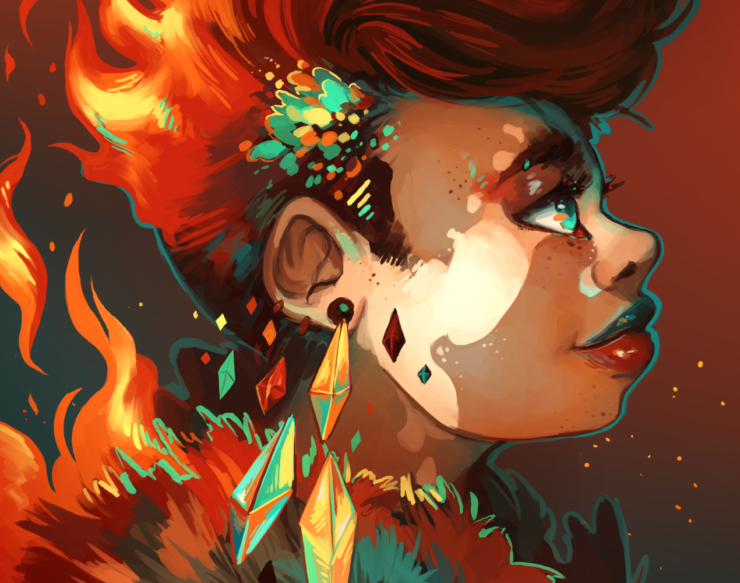
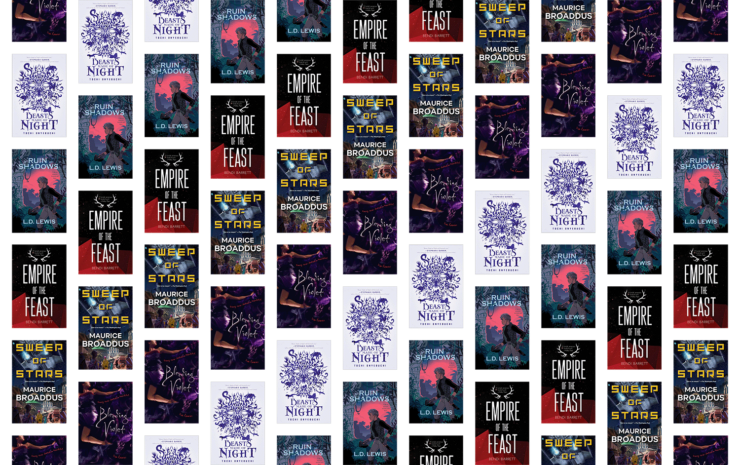

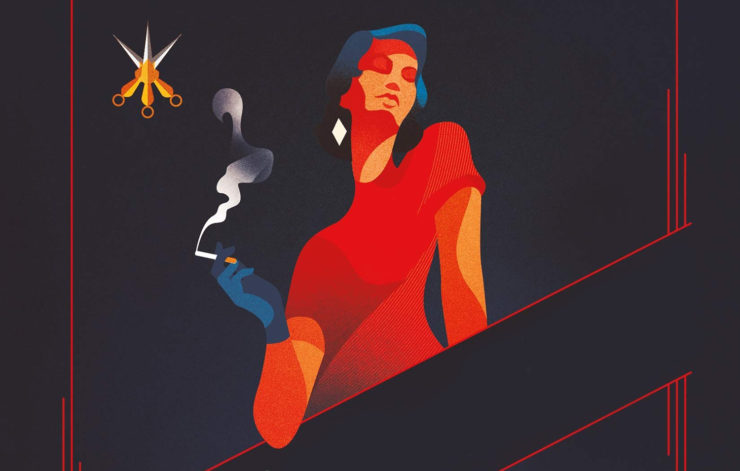
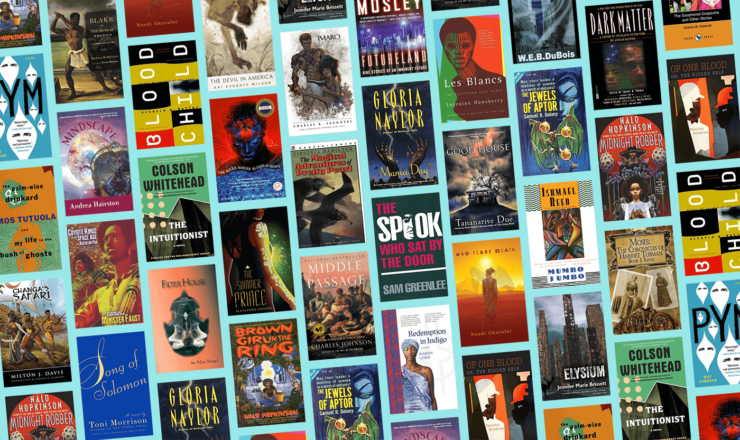
Anybody else finding it ironic that ‘èpater le bourgeois’ is used in this article? I’ve always thought throwing in French phrases a rather bougie thing to do. Lol
Now I’m off to check out Fiyah..